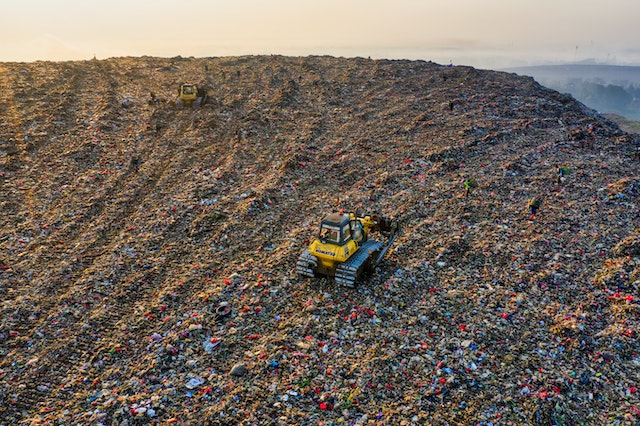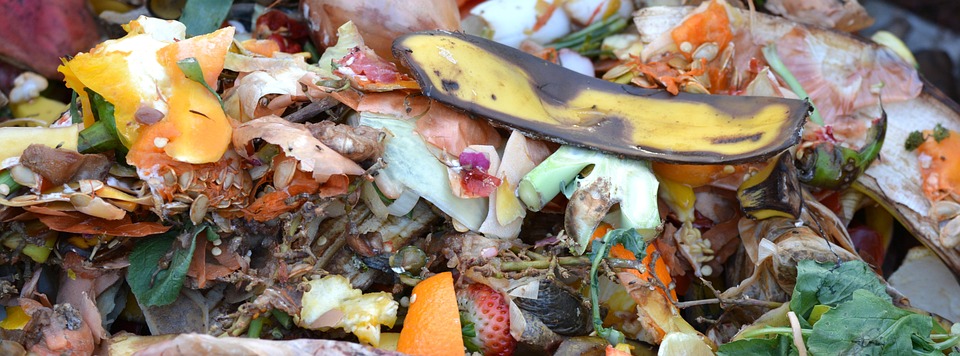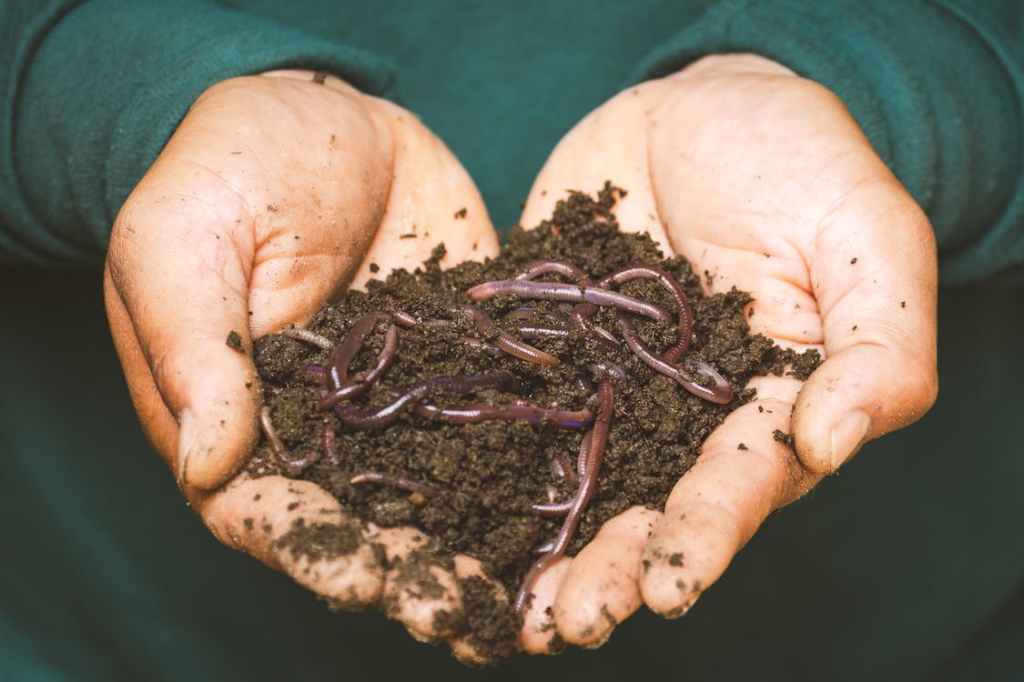
For the sake of keeping the peace I had to bite my tongue. The meal had been a rare treat: succulent sirloin steak cooked medium-rare, smothered in a rich, creamy peppercorn sauce, served alongside bowls of al dente vegetables. But as the plates were piled up at the end of the meal, I watched aghast as I glimpsed a kitchen bin lid being flipped up and two thirds of an uneaten 10oz steak being scraped into the inky blackness of the bin liner. Not only had a week’s worth of sandwich fillings gone for good but a cloud of planet-warming gas would soon be billowing heavenwards when that lonely piece of cow flesh reached its journey’s end in landfill.
What’s wrong with putting food in the household trash, you might ask? It is biodegradable after all: we all know that apple cores and vegetable peelings rot down into brown mush, as will banana skins if you leave them long enough (about two years). Pretty much everything edible does the same thing, as do paper bags and cardboard. This is because in the great outdoors, invisible bacteria and fungi chomp through anything dead that was once living, digesting it and eventually turning it back into the soil from which it originally came. When you think about it, nature’s way of recycling is truly wonderous. Yet that plastic bag containing vegetable peelings, offcuts and bits of uneaten bread are destined to a very different fate. Buried beneath a mountain of domestic waste in a rubbish tip, the natural order of things is turned on its head. There are no earthworms slithering around within these toxic cauldrons of humanity’s castoffs. Neither are there many slugs, snails, beetles, woodlice, or other hungry critters amidst the broken flip flops to nibble them. Furthermore, in these vile heaps, the air-breathing microscopic creatures that would normally decompose dead stuff are suffocated beneath a mountain of paper, plastic, tins, and broken television screens. Instead, subterranean bacterial nasties go to work. Anaerobic (‘without oxygen’) demons of the dark ferment our buried food into acids, alcohols, and methane gas. The sulphur in that sirloin steak that helped give its meaty tang is similarly turned into toxic, rotten-egg-smelling sulphurous gasses.

Methane does not smell, but it is the chief villain in this stinky cast. With a reputation for being the flammable gas in our farts (it isn’t), methane is the greenhouse gas that causes climate experts to break into a sweat. It has a global warming power of up to eighty times greater than that of carbon dioxide. It is exactly the reason why we are told to cut down on red meat: cows and sheep belch it out as they digest their fodder. It also happens to be the exact same (and increasingly expensive) gas that powers your boiler and gas hob

Discarded food ranks high in the league table of climate crimes. This is thanks to the greenhouse gases and environmental harms of its production and the methane given off by it ending up in landfill. In fact, if food waste were a country, it would to be the third highest emitter of greenhouse gases after USA and China.
Get this: the average UK household squanders about eight meal’s worth of food each week (3.4kg). If you do the sums on all those breadcrusts, uneaten carrots and mouldy lettuces up then the methane emissions alone is equivalent to you burning nearly 1,000 litres of petrol each year (986 litres) – or twenty car tanks.
Thankfully, our inedible leftovers need not go up in planet-warming smoke. Composting your peelings mimics nature’s recycling process, turn food back into the soil from which it came. On its most basic level, making compost is ridiculously simple: just collect your food waste (including eggshells and coffee grounds) – ideally chopped up nice and small – in a large, sealed container and mix with roughly equal amounts of shredded paper, brown fallen leaves and/or cardboard. Top it up as you go with a 50-50 mix and give it a stir every so often so that all the microbes can breathe some air and in a few months’ time you will end up with brown crumbly stuff at the bottom that no longer resembles anything you put in. Add it to your garden by either laying it on top of bare soil or ‘digging it in’ to boost the health of everything that grows there. Alternatively, give it to someone with a garden and they will become your new best friend.
One response to “Stop throwing food in the trash: it’s killing the planet”
I can put my food waste in the yard wasted bin - that is picked up and goes to a place where it is turned into compost - paper with food bits on it is also accepted - easy to do -